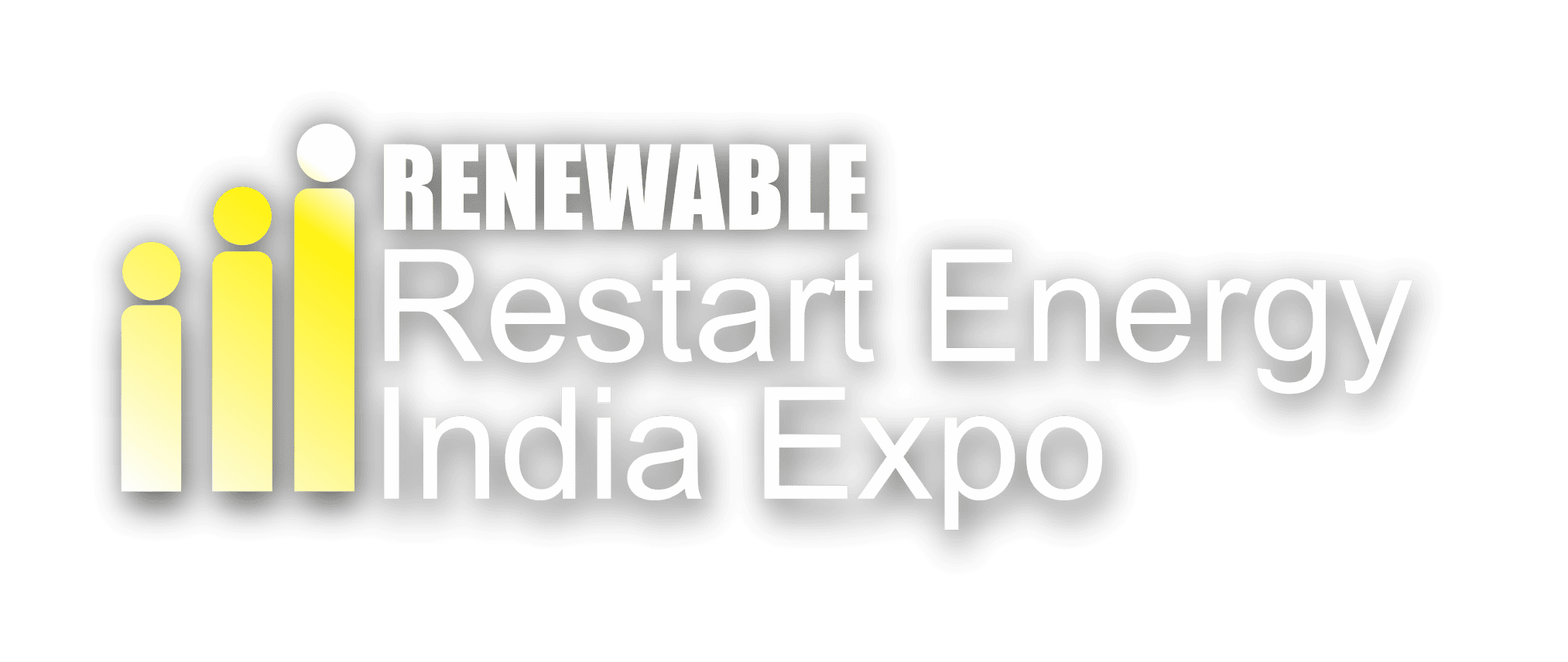



SINGAPORE/CHENNAI : In December, news reports indicated that the ministry of new and renewable energy had proposed a 20% basic customs duty (BCD) on solar module and cell imports. Fast forward three months, that has gone up to a proposed duty of 40% on solar photo-voltaic (PV) modules and 25% on solar photo-voltaic cells from April 2022. There is an existing safeguard duty which was first imposed in 2018. That is expiring in July.
One of the usual objections, i.e. that India’s duties can be contested in the World Trade Organisation (WTO), is easily addressed. WTO takes a long time to adjudicate. The judgements can be appealed. Both the Trump and the Biden administrations in the US have refused to appoint appellate judges to the WTO. Of course, the flip side is that it means that India’s import duties can be met with export duties on the part of China.
Therefore, the touchstone for the proposed BCD on solar panels and cells is not ideology but efficacy. Are there enabling conditions for industry to respond? And will the BCD need to be supplemented with other measures to enhance the chances of its success in spurring domestic capacity creation in solar manufacturing?
Chinese dominance
When it comes to making solar panels, there are modules, cells, ingots and wafer and polysilicon—in the reverse order of ‘finished’ to ‘raw material’. According to a 2017 World Intellectual Property Organisation working paper, China’s share of global manufacturing capacity in the different segments of solar energy generation was 81% in ingots, 84% in wafers, 66% in crystalline photovoltaic (PV) cells and 82% in crystalline PV modules. But these data were as of 2012. A more recent article published in The American Prospect (24 March 2021) puts the numbers at 95%, 99%, 80% and 75%, respectively. Further, it adds that China’s share in solar-grade polysilicon capacity at 64%. In fact, the industry is now moving from multi-crystalline silicon to monocrystalline silicon and the technology required to produce mono ingots and wafers is both sophisticated and capital intensive.
If the intent of the proposed BCD is to help Indian manufacturers develop capability in modules and cell manufacturing, the near-total reliance on China for the inputs that go into the production of cells and modules raises doubts over that possibility. China can retaliate by imposing export duties on the export of ingots and wafers and polysilicon. It is also possible for Chinese manufacturers to relocate to other countries which are not affected by the duty and export to India from those countries.
While, in principle, it makes sense to raise duties on ‘finished’ goods rather than on intermediate or basic inputs, it is important to remember two things: first is that one industry’s finished good is another industry’s input. Steel is a good example. It may be a finished good, but it is also an important input in the manufacture of automobiles. We must also keep in mind the ability of other countries to retaliate.
So, if the purpose of the proposed duty is to ‘Make in India’ such that India’s renewable energy ambitions and targets are realised through indigenously made photovoltaic solar panels, then, it is imperative to take into account China’s dominance and examine the record of the domestic industry in delivering on expectations in the past.
Low ambitions and quality
Take the specialised glass used in solar panels, for instance. It is made by Borosil in India but cannot meet the required domestic demand. It is the same for specialised plastics which are required to complete the electric circuitry for the panels, where existing capacity is insufficient to meet demand. That needs to be imported as well.
Perhaps the biggest challenge for many solar power producers in India is that energy efficiency of Indian-made PV cells is less than what is claimed, leading to the actual cost of power generation being higher than what it ought to be. There are reports that some manufacturers falsely label their 380W cells as 400W because there are no government entities to ensure the quality of these cells. This lack of quality control undermines power generator’s ability to deliver cheap solar power. Naturally, the result is that the financial viability of solar power producers comes under strain.
Solar Energy Corporation of India (SECI)’s manufacturing-linked solar tender was, in effect, the government’s attempt to link manufacturing with the permit to develop solar parks at pre-determined tariffs. The idea that solar energy developers will also have the capability and interest in manufacturing was flawed and, therefore, the tender faced many obstacles, twists, turns, and multiple deadline extensions.
SECI has also amended various clauses of this tender to make it appealing for the interested developers. Initially, the idea was to have the solar energy sale linked to complete value chain manufacturing but, in the end, it seems it has also been limited to cells and modules only. China has huge global ambitions in almost every sector and has an artificially engineered lower cost of capital to finance such ambitions.
Almost 75% of India’s solar power capacity is built on Chinese solar cells, and modules. India’s solar cell manufacturing capacity stands at 3GW and for modules it is 5GW, whereas the country’s solar power generation capacity stands at 32GW. India adds about a gigawatt of solar power generation capacity every year. There needs to be another way to go about it.
One of us wrote in 2014 to the power ministry that India could become a world leader in the manufacture of ingots and wafers. The manufacturing of ingots requires high purity silicon and good quality electrical power. The skills and knowhow required are metallurgy and material science. The skillsets too are available in the country in both industry (steel and aluminium) and in the academia. In fact, the department of science and technology has installed a crystal growth centre in Anna University in Chennai. When wafers are manufactured in India, the cell and panel (module) manufacturing capacity that is already available can be expanded. Much of what was written, nearly seven years ago, is still relevant.
In the United States, there has been a favourable investment response to its government’s efforts to achieve self-sufficiency in solar manufacturing. According to The American Prospect piece cited earlier, “The tariffs that the Trump administration placed on foreign solar modules motivated three foreign producers (Hanwha Q Cells, Jinko, and LG) to open US module plants in response to the tariffs.”
The article also notes that the ultra-low-carbon solar alliance launched in October 2020 with the goal of increasing the market demand for solar panels manufactured with low embedded carbon is talking to federal and state agencies to institute a purchase preference for PV modules with an ecolabel. This will favour US and European producers since China-made cells and modules come from plants that are coal-fired. Therein lies another clue for India.
Ultimately, the big question for India is whether the industry will respond to the government’s proposed window of protection with a ramp up in investment and quality of production. Technology in solar power generation is evolving rapidly and is becoming ever more capital intensive. The hope is that, with lower corporate taxes and with the offer of even lower tax rates on the table for production that commences before 2023, the Indian corporate sector will step up to the plate and respond with enhanced rates of fixed capital formation. If it does not, the government may have to reassess the overall costs and benefits of its protectionist policy.
Here, it is encouraging to note that Borosil glass will be doubling its solar panel glass manufacturing capacity to 900 tonnes per day and that the enhanced capacity would be available by April 2022. One of the reasons behind the capacity addition—coming at a cost of ₹500 crores—is that Borosil glass is protected by the anti-dumping duty.




